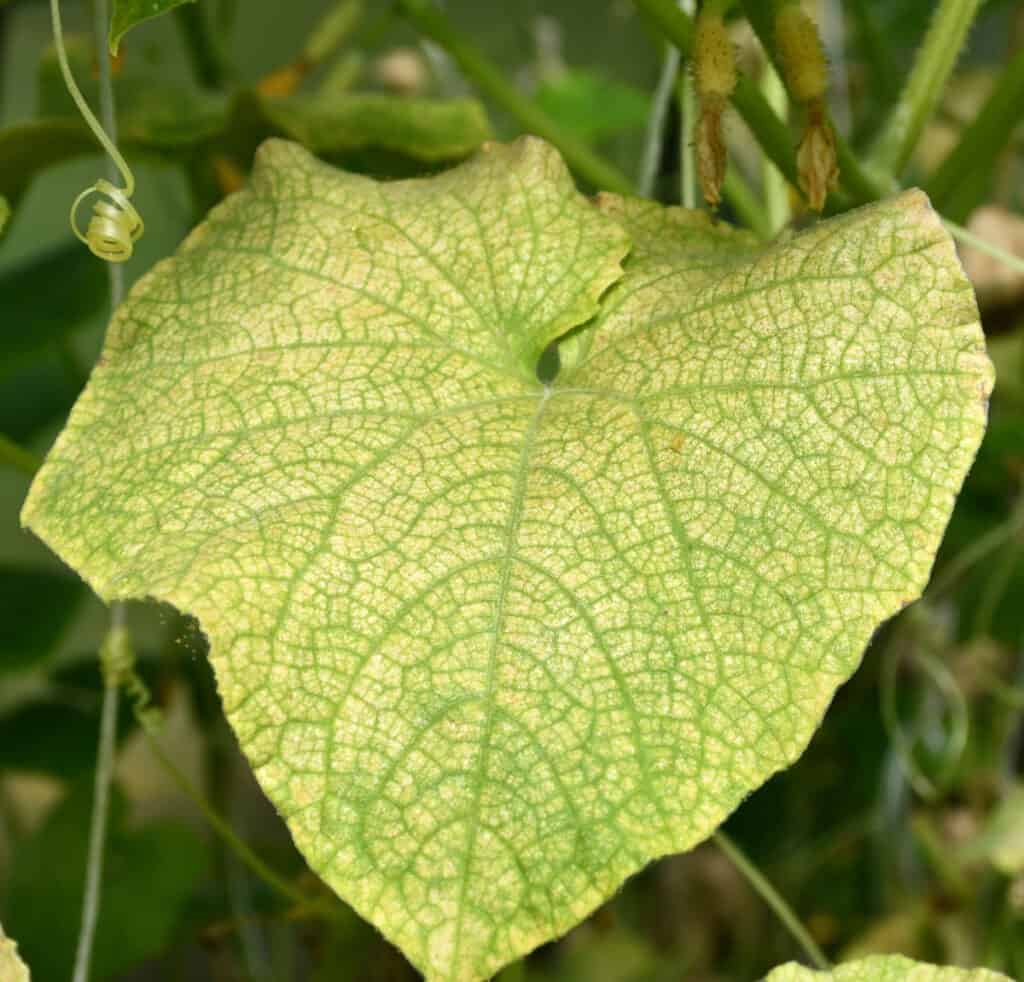If you are a gardener or someone who loves growing plants, you may have noticed that your cucumber leaves are turning yellow. This can be quite concerning, especially if you are looking forward to a healthy harvest. In this article, we will explore the reasons why your cucumber leaves are turning yellow and what you can do about it.
Table of Contents
- Introduction
- Understanding the cucumber plant
- Common reasons for yellow cucumber leaves
- Lack of nutrients
- Overwatering or underwatering
- Pests and diseases
- Environmental factors
- How to prevent yellow cucumber leaves
- Soil management
- Water management
- Pest and disease management
- Environmental management
- Conclusion
- FAQs
Introduction
Cucumbers are a popular and delicious vegetable that are commonly grown in gardens and greenhouses. They are easy to grow and maintain, and can provide a bountiful harvest if properly cared for. However, if your cucumber leaves are turning yellow, it may be a sign that something is wrong.
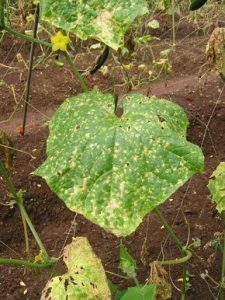
Yellowing leaves can be a symptom of a variety of problems, including lack of nutrients, pests and diseases, and environmental factors. In this article, we will discuss some of the most common reasons why cucumber leaves turn yellow and what you can do to prevent it.
Understanding the cucumber plant
Before we dive into the reasons why cucumber leaves turn yellow, it's important to understand a little bit about the cucumber plant itself. Cucumbers are members of the Cucurbitaceae family, which also includes other vegetables such as pumpkins, squash, and melons. They are a warm-season crop that requires plenty of sunlight, warm temperatures, and consistent moisture to thrive.
Cucumber plants are fast-growing and can produce a lot of fruit in a short period of time. They have large, sprawling leaves that are typically green in color. When the leaves start to turn yellow, it can be an indication that something is wrong with the plant.
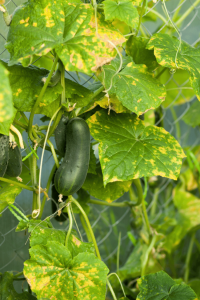
Common reasons for yellow cucumber leaves
There are several reasons why cucumber leaves may turn yellow. Some of the most common include:
Lack of nutrients
Cucumber plants require a variety of nutrients to grow and produce fruit. If the soil is lacking in any of these nutrients, the leaves may start to turn yellow. The most common nutrient deficiencies in cucumber plants are nitrogen, phosphorus, and potassium.
Overwatering or underwatering
Cucumber plants need consistent moisture to thrive, but they can be sensitive to overwatering or underwatering. If the soil is too wet or too dry, the leaves may start to turn yellow. Overwatering can also lead to root rot, which can be fatal to the plant.
Pests and diseases
Cucumber plants can be vulnerable to a variety of pests and diseases, including aphids, spider mites, and powdery mildew. These can cause the leaves to turn yellow and eventually die off.
Environmental factors
Environmental factors such as extreme heat or cold, excessive wind, or too much sun can also cause cucumber leaves to turn yellow. In some cases, the plant may be experiencing too much stress from these factors, which can impact its ability to grow and produce fruit.
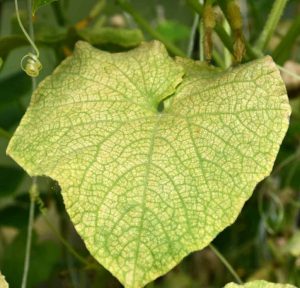
How to prevent yellow cucumber leaves
If your cucumber leaves are turning yellow, there are several things you can do to prevent the problem from getting worse. Here are some tips:
Soil management
Make sure your soil is rich in nutrients and has good drainage. Consider adding compost or fertilizer to improve soil quality. Test your soil to determine if any specific nutrients are lacking, and amend as needed.
Pest and disease management
Inspect your cucumber plants regularly for signs of pests or disease. If you notice any issues, take action right away to prevent them from spreading. Consider using natural pest control methods or organic fungicides to avoid chemical exposure.
Environmental management
Protect your cucumber plants from extreme weather conditions by providing shade, windbreaks, or other forms of protection. Monitor the temperature and humidity levels around your plants, and adjust as necessary.
By following these tips, you can help prevent yellow cucumber leaves and keep your plants healthy.
Conclusion
Yellowing cucumber leaves can be a sign of a variety of problems, from nutrient deficiencies to pests and diseases to environmental stress. By understanding the causes of yellow cucumber leaves and taking steps to prevent them, you can help ensure a healthy harvest of delicious cucumbers.
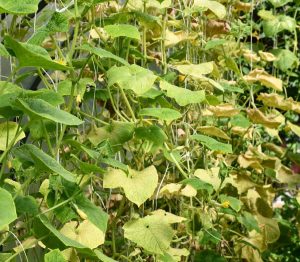
FAQs
- Can I still eat cucumbers if the leaves are turning yellow?
- Yes, you can still eat the cucumbers even if the leaves are turning yellow. However, it's important to address the underlying issue to prevent further damage to the plant.
- How often should I water my cucumber plants?
- Cucumber plants need consistent moisture, so it's best to water them every 1-2 days, depending on the weather and soil conditions.
- What are some natural pest control methods for cucumber plants?
- Some natural pest control methods for cucumber plants include companion planting, using insecticidal soap or neem oil, and attracting beneficial insects like ladybugs or lacewings.
- Can too much sun cause yellow cucumber leaves?
- Yes, too much sun can cause stress to the plant and lead to yellowing leaves. Providing shade or other forms of protection can help prevent this issue.
- How do I test my soil for nutrient deficiencies?
- You can test your soil with a soil testing kit, which can be purchased at a garden supply store or online. These kits typically test for pH, nitrogen, phosphorus, and potassium levels.
Devil’s Backbone Plant: Care and Tips
Everything You Need to Know About Miss Kim Lilac Shrubs
